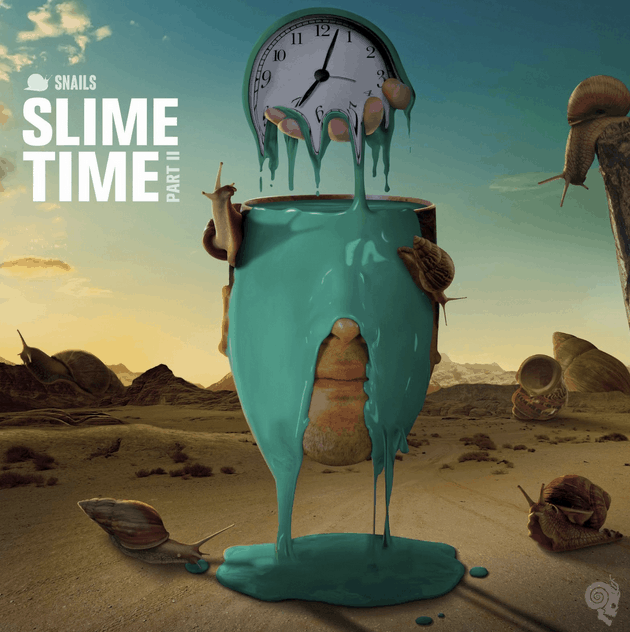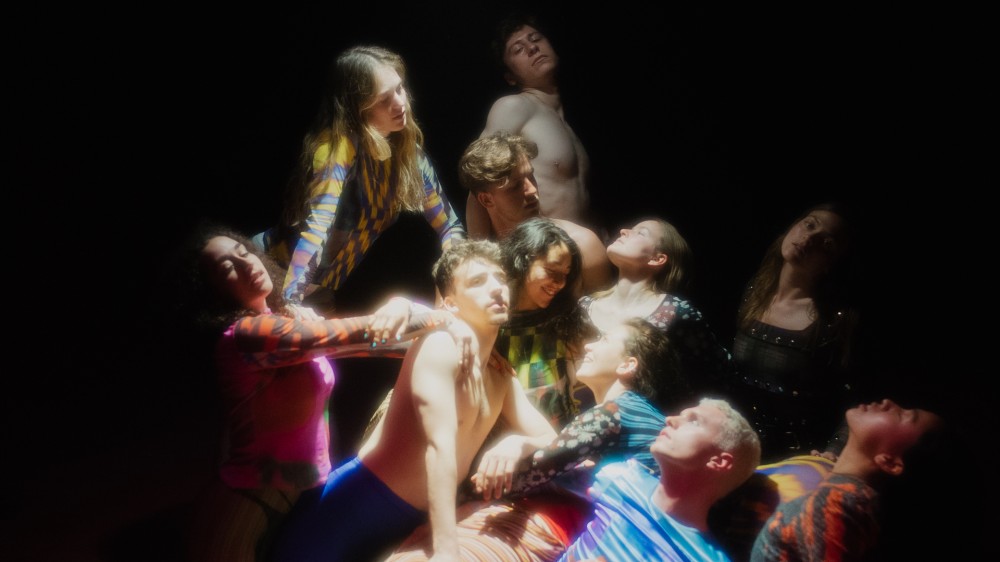
Holly Blakey Presents: The Making of Phantom
Over three days in May 2021, 14 dancers from EDGE Dance Company came together at 180 Studios to capture a special ensemble performance of Phantom, adapted from a live work commissioned by London Contemporary Dance School at The Place and commissioned for film by Fact.
The process of making Phantom began many months before, when Holly Blakey was invited by London Contemporary Dance school to create an original work with EDGE, the school’s postgraduate performance company. “It was weird, because when we first started making the work they were all wearing masks, it was all socially distanced. I couldn’t read them,” she recalls. “Imagine, you go into a room of 14 dancers, you don’t know anyone, all you can see is their eyes. They’re not allowed to touch one another. How can you gain a sense of visceral anything when you can’t touch. We dancers touch all the time!” Feeling completely wiped out from a miscarriage that became the central theme of the work, Blakey remembers this initial period with EDGE to be incredibly challenging, the pandemic restrictions that have become such an integral part of the fabric of our everyday lives making the kinds of connections from which she taps so much of the potency of her work almost impossible. Although she hadn’t initially planned on it, it was a gesture of honesty that ultimately bridged the gap.

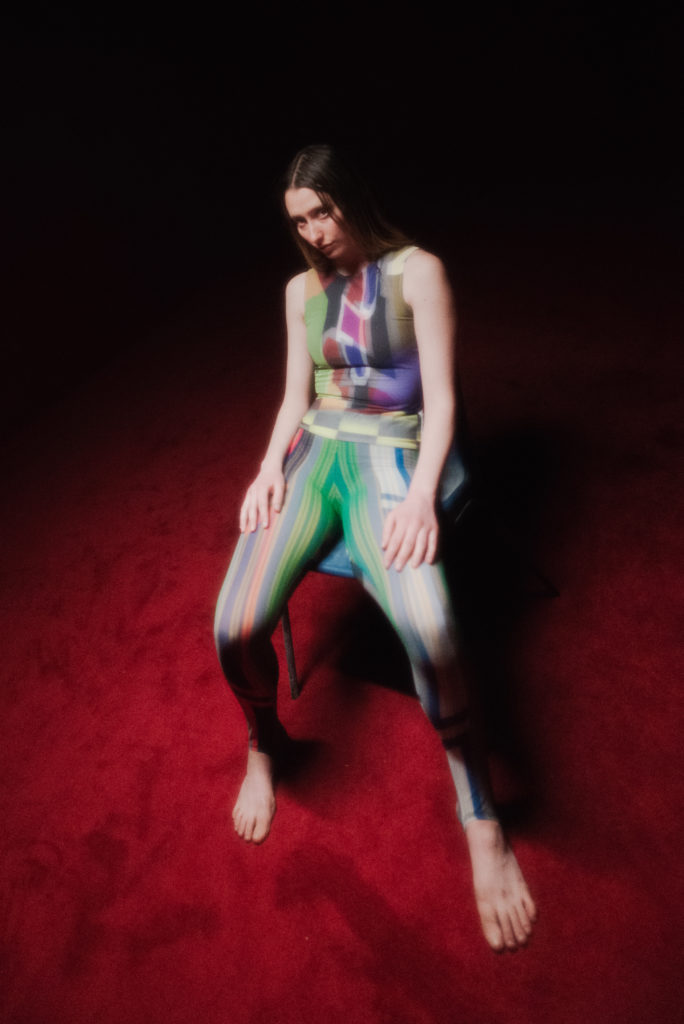
“I spoke to the group much later into the creation process about the miscarriage,” she explains. “It was emotional man! Much crying! Ultimately it felt like a really nice thing and it felt like it really brought us all together. We’ve really bonded over something, and they really helped me.” The trust these dancers have in their director is palpable in every second of Phantom, simply watching each of their faces is enough to know that every performer is pulling from just as personal a place as Holly is. “Over time, we build up a level of trust with one another and you have to make yourself very vulnerable in order to gain that trust,” she says of the development of the work. This level of vulnerability is made manifest in the performance’s vigorous displays of sexuality, distress and aggression, captured with a confronting intimacy that is a signature of Blakey’s work. “With Alice at the beginning, with the humming and the singing of the dancers, she’s talking in Italian, connecting with the process from her perspective,” she explains of the film’s haunting opening sequence. “A lot of the dancers ended up doing that,’ she continues. “They ended up drawing upon things that they related with this idea.”
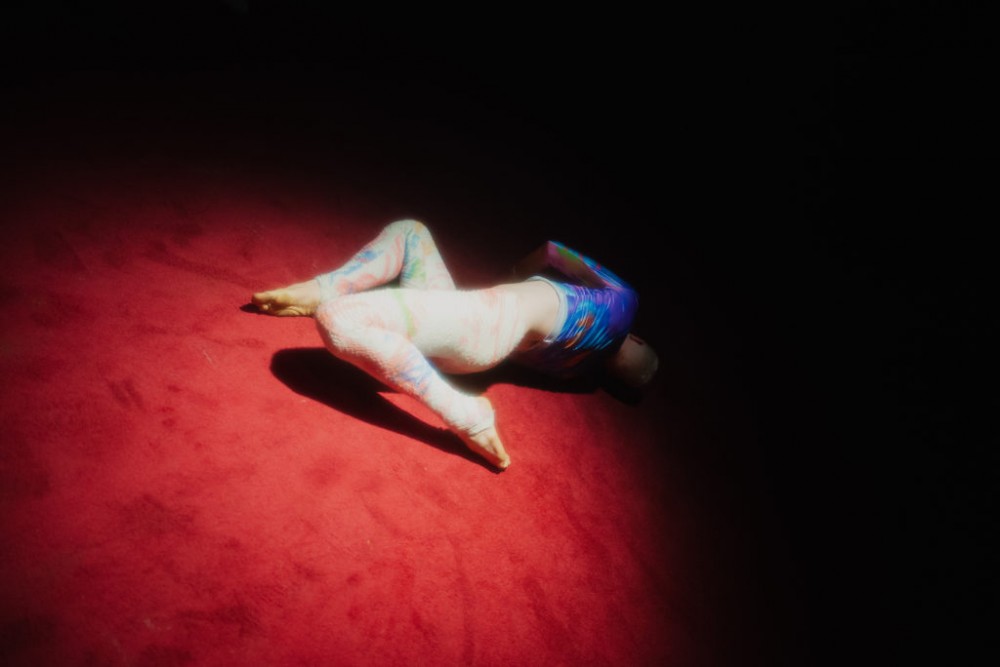
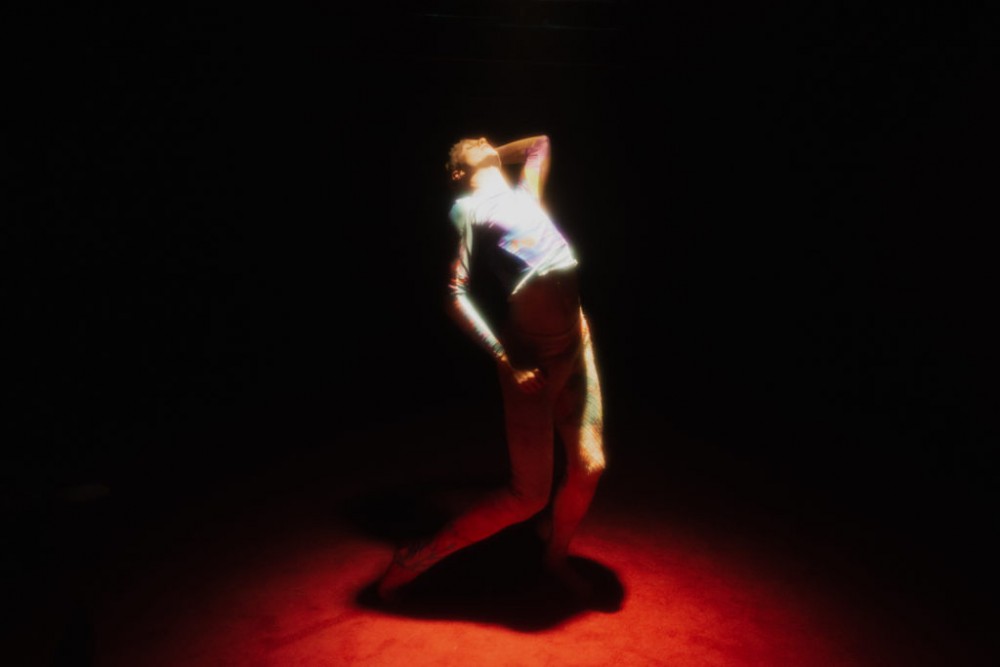
Blakey is keenly aware of how deep the well of emotion she draws from for her work can be. “I think that you have to be very responsible and safe about these things,” she asserts. “It’s about offering, isn’t it? It’s about saying, I’m thinking about this. Sometimes it’s thinking about touching the hair of my son, or thinking about how sweet the jasmine is in my studio. It’s expecting a sense of description from someone’s experiences. I would never demand someone to perform their trauma for me, but at the same time, sometimes we do.” Because of this, a big part of Blakey’s role in rehearsal and on set is one of guidance and support, something she explains she receives from the dancers in equal measure. “I think it’s just about being there,” she says. “My role always becomes quite maternal, with all of the dancers, with my own company, it always becomes like that.” Though Phantom carries a huge amount of psychic weight, the product of an intimate, trusting collaboration between the dancers of EDGE and their director, it’s clear that Blakey implicitly understands the necessity in sharing the load.

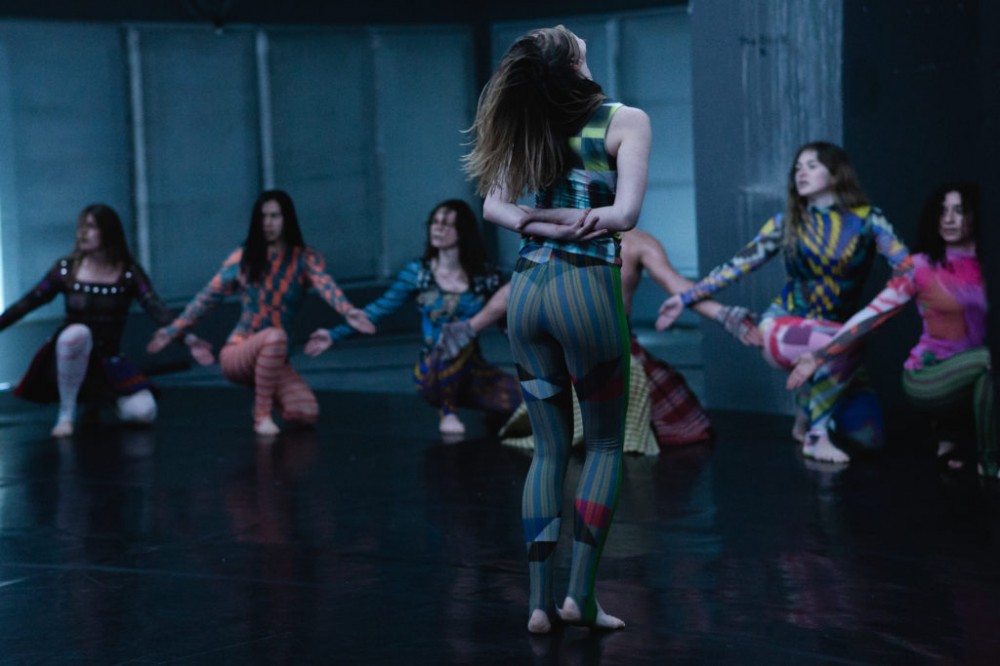
Her hands-on approach to working with EDGE provides a telling insight into how far Blakey delves into the projects she takes on. “Often it requires me doing weeks on my own in the studio first before meeting with the dancers,” she explains. “So I’ll take myself, my body, my ideas, my research and I’ll go into the studio and I’ll just make work on myself. That might run for a few weeks, a few months, that’s just something that I always do, in and out of everything constantly, forever.” Given the circumstances it therefore seems fitting that Blakey’s careful consideration of the various difficult circumstances of Phantom’s making would find their way into the film. “At the beginning of Phantom there’s this running in and running out and I love that you hear the pitter patter of his shoes,” describes Blakey. “You see a little bit of the workings of the making of the film. It’s messy, it’s not perfect. What does that imperfection make us feel, or show us?” For EDGE, and for Blakey, part of what it shows is a willingness to show their working, to perform with an honesty and a generosity that forges connections not only with each other, but also with their audience.
For more information about Holly Blakey and her work, follow her on Instagram.
The Making of Phantom Credits:
Film, Edited and Photography by Ben Cole
Music – Gwilym Gold
Filmed at 180 Studios
Dancers – Sarah Baugstø, Tom Cassidy, Benjamin Curtis, Delilah Grocott Cain, James Healy, Lauren Jenkins, Miles Kearley, Liana Kleinman, Hannah Nichols, Mette Nilsen, Alice Pan, Jacquelyn Tepper, Sabrina Vongsuravatana, Trace Yeames
Rehearsal Director – Jeannie Steele

